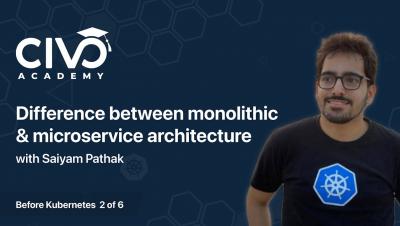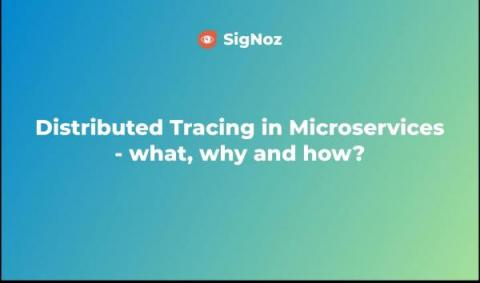Operations | Monitoring | ITSM | DevOps | Cloud
Microservices
UBER's Microservice Architecture
UBER’s Microservice Architecture 💡 Microservice Architecture is a framework that consists of small, individually deployable services performing different operations. Amazon, Netflix, Twitter, Uber, and many other high-growth companies are now shifting from a monolithic architecture into multiple codebases to form a microservice architecture.
How to achieve Observability for Microservices-based apps using Distributed Tracing?
The Six Trends Overwhelming IT Ops-and What to Do About Them
IT Operations is experiencing lightning-fast change right now. From the emergence of cloud computing to the explosion of data—not to mention ever-present cyber threats—every day is a new day for IT Ops. At BigPanda, we’re laser-focused on making life easier for IT Ops teams, which means we’re staying on top of all this change to help IT Ops keep up.
SRE Revisited: SLO in the age of Microservices
Site Reliability Engineering (SRE) practice was established by Google nearly 20 years ago, and was popularized with Google’s monumental SRE Book. Everyone’s been attempting to follow that iconic path ever since.
Why is Distributed Tracing in Microservices needed?
Connecting and securing your microservices in one step using EnRoute
Why OpenTelemetry (OTel) is a game changer for troubleshooting your applications
Microservices are powerful architectures. Yet, they are complicated ones as well. Microservices enable engineering departments to scale faster than ever, but this speed comes at the price of developer confidence. When developing microservices, it is hard for developers to understand how different services interact with each other and why a certain event occurred when and where it did.
Continuous Test Data Management for Microservices, Part 2: Key Steps
In my prior blog, Continuous Test Data Management for Microservices, Part 1, we offered an introduction to the key approaches for applying continuous test data management (TDM) to microservices. The continuous TDM process for microservices applications is similar to that for general continuous TDM (see figure below), but tailored to the nuances of the architecture. In this post, I’ll outline the key steps for applying TDM across the lifecycle.
Using gRPC with Python
Microservice is now the architecture of choice for many developers when crafting cloud-native applications. A microservices application is a collection of loosely coupled services that communicate with each other, enhancing collaboration, maintainability, scalability, and deployment. There are several options for enabling this communication between microservices. REST is the most popular among developers, sometimes used synonymously with APIs. However, gRPC can be a better alternative to REST.











